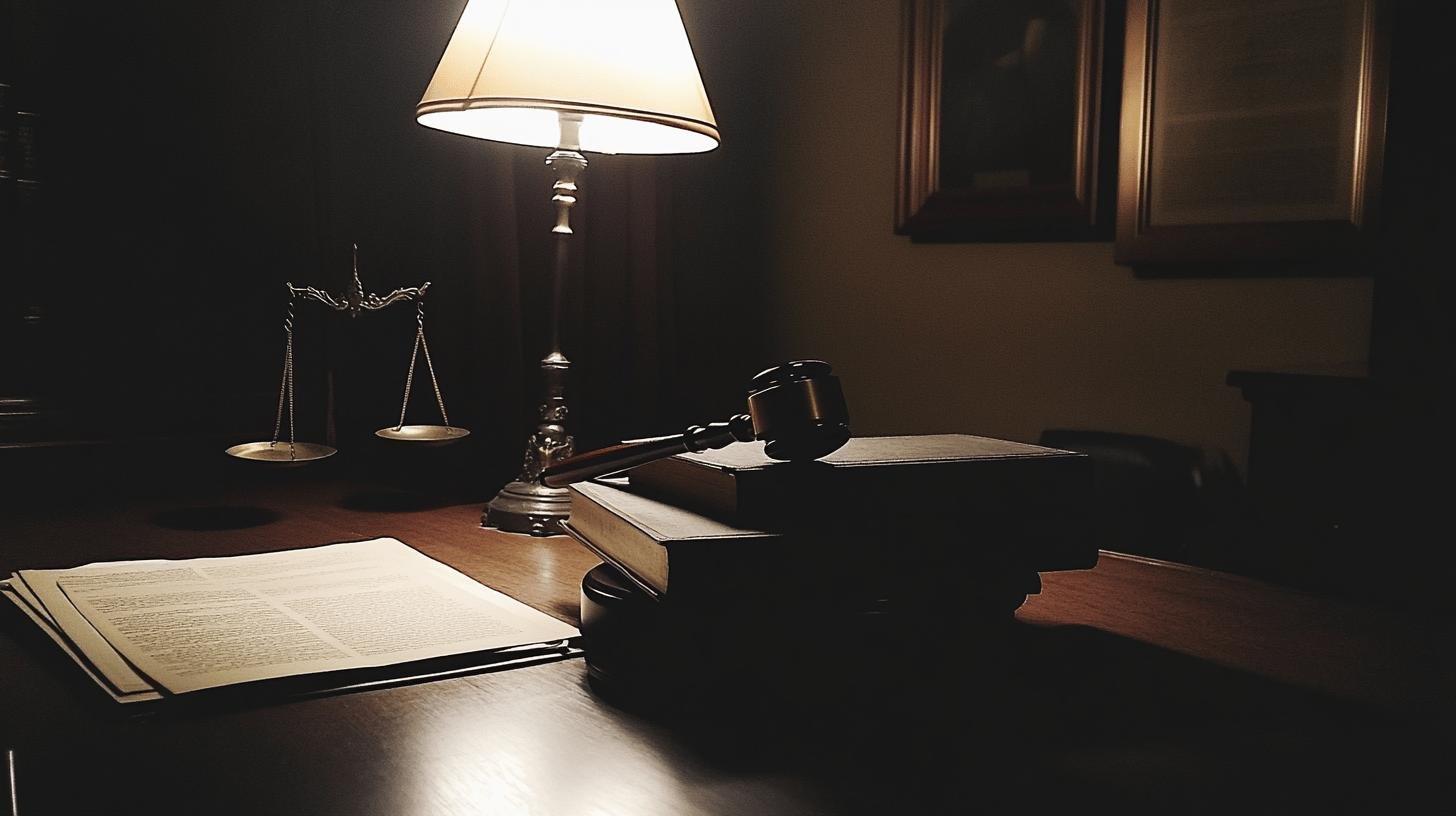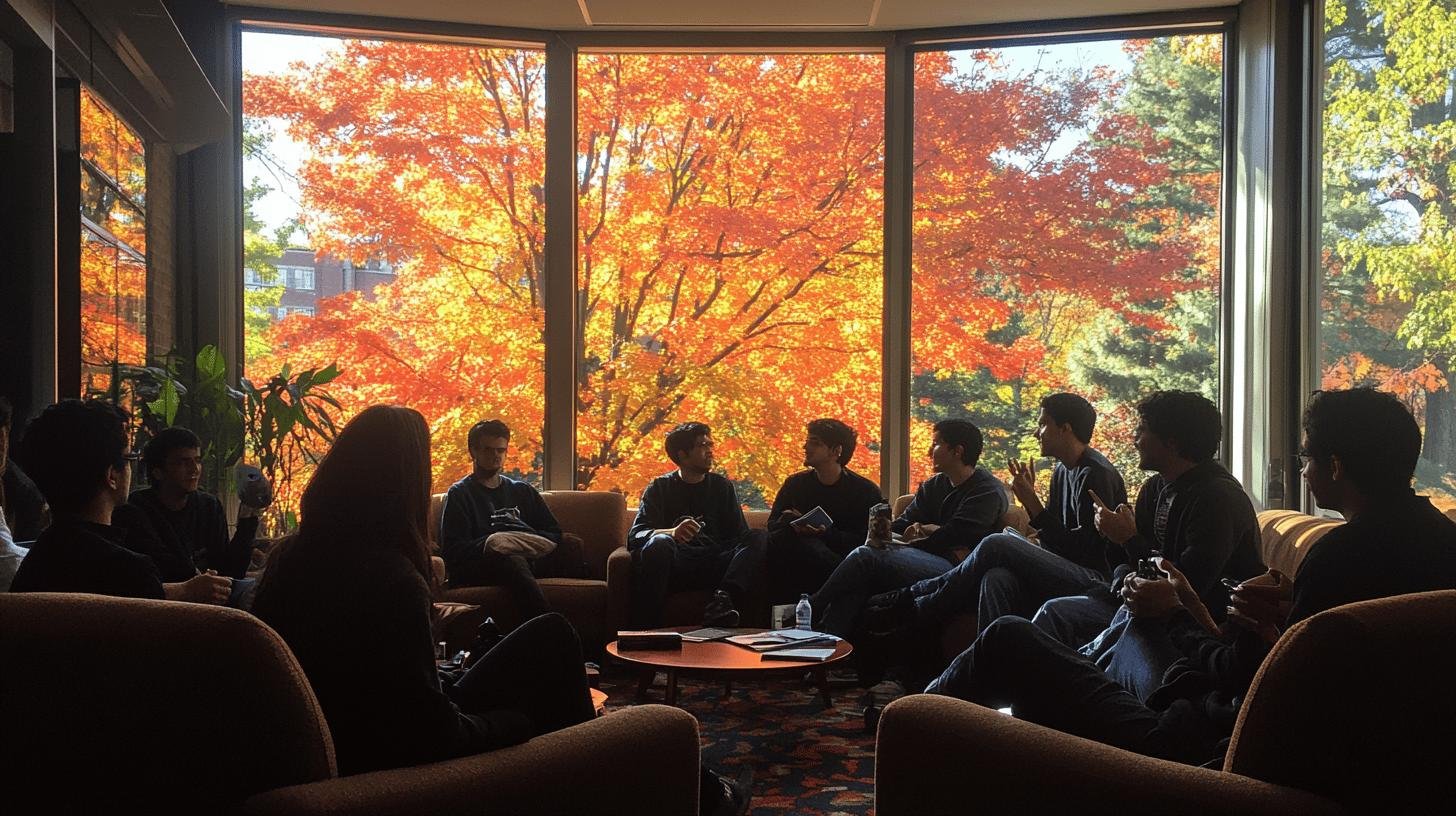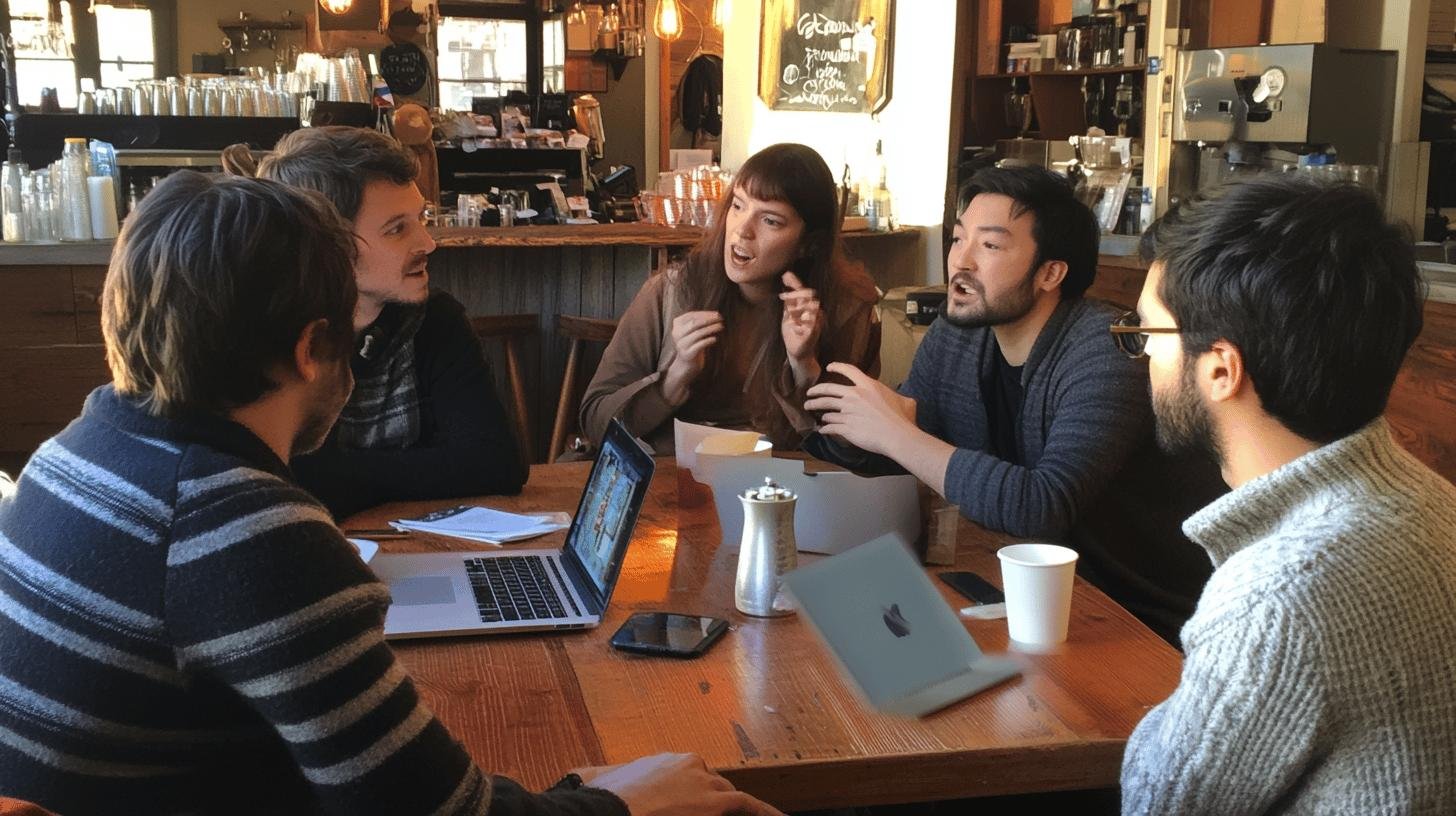TL;DR:
- Origins: Freedom of speech in America began with colonial settlers seeking free expression, leading to the First Amendment.
- Key Milestones:
- Alien and Sedition Acts (1798): Restricted criticism of government.
- Espionage Act (1917): Limited anti-war speech.
- McCarthy Era (1950s): Suppressed dissent.
- Civil Rights Movement (1960s): Used speech for social change.
- Patriot Act (2001): Increased concerns over speech security.
- Landmark Cases:
- Tinker v. Des Moines (1969): Students have free speech rights in schools.
- New York Times Co. v. Sullivan (1964): Promoted press freedoms.
- Brandenburg v. Ohio (1969): Established protection for controversial political speech.
- Digital Age Challenges: Internet and AI alter speech dynamics; social media faces censorship debates.
- Activism: Historically pivotal in promoting free speech; universities are current battlegrounds for free expression.
Is freedom of speech really what it used to be? Some argue that it’s been watered down or overly regulated. Others believe it’s more robust than ever, allowing for voices that were historically silenced. This blog delves into how freedom of speech has evolved, tracing its roots from the colonial days to today’s digital landscape.
From constitutional foundations to modern-day challenges, we explore the ups and downs, giving you a clear picture of how this fundamental right has changed over time. Join us as we trace this complex history— and what it means for our future.
The Historical Evolution of Freedom of Speech
Freedom of speech in America traces back to colonial times. Settlers escaping European persecution valued free expression. It fostered religious tolerance and personal conscience in their new society. This principle eventually led to the First Amendment in the U.S. Constitution. It offers broad speech protections, contrasting with more restrictive policies in many nations.
Key Milestones in Free Speech
- Alien and Sedition Acts (1798): Restricted government criticism.
- Espionage Act of 1917: Limited anti-war speech in World War I.
- McCarthy Era (1950s): Suppressed dissent, especially among alleged communists.
- Civil Rights Movement (1960s): Used speech as a tool for social change.
- Patriot Act (2001): Raised post-9/11 concerns on speech and privacy.
These events highlight the ongoing struggle between security and liberty. The Alien and Sedition Acts and McCarthyism show early efforts to quiet dissent. Conversely, the civil rights movement reveals speech’s power in social change. These historical events continue to shape free speech debates today. They remind us to stay vigilant in protecting this basic right.
Legal Interpretations and Landmark Cases

The judiciary greatly influences free speech through its decisions. Landmark Supreme Court cases have broadened speech rights, especially during times of social change. These rulings interpret the First Amendment and help ensure free speech remains a core U.S. value.
Tinker v. Des Moines (1969)
This case asserted that students retain their free speech rights at school. During the Vietnam War, students wore black armbands in protest. The Court sided with the students, expanding student rights unless they disturb educational activities.
New York Times Co. v. Sullivan (1964)
This case fortified press freedoms. It resulted from a New York Times ad criticizing Southern leaders. The Court required public figures to prove “actual malice” in defamation cases, promoting free press to report on public issues.
Brandenburg v. Ohio (1969)
This case shifted political speech protection. It involved a KKK leader advocating violence. The Court overturned the conviction, introducing the “imminent lawless action” test. This test safeguards controversial political speech unless it incites immediate violence.
These rulings have had a lasting impact on free speech rights. They illustrate the judiciary’s role in setting and defending open expression limits. Such precedents continue to shape public and legal understanding of free speech today.
Freedom of Speech in the Digital Age
The internet revolutionized how we express ourselves, creating both opportunities and challenges. Now, anyone can share opinions worldwide in seconds. Yet, social media platforms have become speech gatekeepers, facing censorship accusations. A recent federal court ruling on social media censorship favored free speech advocates. This highlights the ongoing debate on who decides online speech and its effects on public expression rights.
| Challenge | Traditional Era | Digital Era |
|---|---|---|
| Censorship | Government and media outlets | Social media platforms and algorithms |
| Access to Audience | Limited to physical spaces | Global reach through online platforms |
| Content Regulation | Editorial policies | Community guidelines and AI moderation |
Artificial intelligence could alter free speech dynamics, particularly in political campaigns. AI can craft messages, target audiences, and shape public opinion. This dual-edged sword enhances communication but risks manipulation. AI’s role, along with social media scrutiny, will likely dictate free speech’s future. Society must balance innovation with preserving foundational rights.
Cultural and Societal Influences on Free Speech

Cultural shifts, like political correctness, impact free speech. Meant to avoid offending, it sometimes stifles open debate. Fear of backlash can deter controversial views, complicating expression and sensitivity balance.
Education shapes free speech perceptions. Schools now emphasize understanding free speech amid societal debates. As society faces complex issues, educating students promotes critical thinking and dialogue. This ensures future generations engage in meaningful conversations, upholding free speech and fostering respect.
The Role of Activism in Shaping Free Speech
Activism historically influenced free speech, evident in the civil rights movement. The 1963 March on Washington showcased speech’s power for change. Activists challenged unjust laws, underlining free speech’s role in societal progress and freedom protection.
Today, universities are key free speech activism battlegrounds. Student groups rally against speech restrictions, advocating for discussion forums. Despite challenges from political correctness and policies, activism fights for open dialogue spaces. This ongoing struggle underscores its essential role in maintaining and expanding speech rights today.
Final Words
Tracing freedom of speech reveals an enduring commitment to individual expression, albeit with ongoing challenges. Key Supreme Court cases and digital advances shape this evolving landscape. Changes in legal interpretations and landmark rulings provide a complex tapestry of free speech rights.
As we navigate the digital age, new challenges emerge, but activism continues to play a crucial role. Freedom of speech has indeed changed over time, adapting to modern norms while maintaining its core principles. It’s encouraging to see continued efforts to uphold these rights amid evolving societal dynamics.
FAQ
How has the First Amendment changed over time?
The First Amendment, established in 1791, has expanded over time through Supreme Court rulings, protecting more speech forms. It began with basic rights and grew to include symbolic and digital expressions.
Why was the freedom of speech created?
Freedom of speech was created to safeguard open dialogue, support democratic governance, and prevent government censorship, ensuring individuals can express ideas without fear of retaliation or suppression.
Do we have unlimited freedom of speech today?
Freedom of speech isn’t unlimited today. Laws restrict speech inciting violence, threats, obscenity, and certain commercial expressions. Social media has also imposed terms limiting speech on their platforms.
What are the current limits on freedom of speech?
Current limits on free speech include laws against hate speech, libel, threats, and obscenity. Restrictions aim to protect public order and individual rights without broadly infringing on expression.
How has the history of freedom of speech in America evolved?
Freedom of speech in America evolved from colonial roots advocating religious tolerance. Key historical events, like wartime censorship, have progressively redefined its boundaries over centuries.
When was freedom of speech established?
Freedom of speech in America was established in 1791 with the ratification of the First Amendment, providing a foundation for individual expression and press freedom in the U.S.
What are some examples of freedom of speech being violated?
Examples of violations include censorship during the Red Scare, bans on protest signs, and government actions against journalists. These instances highlight tensions between authority and free expression rights.
Why are landmark Supreme Court cases important for free speech?
Landmark Supreme Court cases are crucial for free speech as they set precedents defining its scope. Decisions like Tinker v. Des Moines expand protections, while others address limits, balancing rights with societal needs.

